The diverse cast of sentinel agents in VALORANT shouldn’t leave any player feeling like they’re relegated to support.
Even Sage, who was originally billed as the primary support/healing agent, provides more utility and benefit to a team apart from just healing. In certain ranks and with an aggressive playstyle, the “Battle Sage” can be a destructive force fueled by sustainability and map control. But if you’re comfortable playing the typical support role, Sage is an excellent choice.
Here are some tips for playing VALORANT’s support agent.
Barrier Orb (C)
Sage’s Barrier Orb creates a solid wall that rises from the ground. Weapons, knives, and abilities that deal damage can break down the wall. The Barrier only takes about three seconds to fully solidify, but during the time it takes to solidify, it’s more susceptible to damage. After 35 seconds, the Barrier will begin to decay and eventually break.
How to use the Barrier Orb
If your team is pushing a site and you can’t afford to worry about a flank, you can place Barrier Orb as your first line of defense. A flanker would have to shoot through the ice to get to your team, alerting you of their position and ruining the surprise.
Another possible use for the skill would be to block a lane and sightlines. This can be thrown out at the start of the round to cut off the enemy team’s path, blocking snipers trying to pick off your teammates. On the attack side, it can be used to cut off angles during an execute. And if things get a bit dicey, a well-timed Barrier Orb can give you time to heal, resurrect, or guide your team’s retreat.
Finally, the ice wall allows you to reach high vantage points and take out unsuspecting victims. By looking down while casting Barrier Orb, the wall will rise and take you with it. This can help you jump on higher ground and surprise your enemies. There are several spots where this is ideal on maps like Ascent, Haven, and Split.
Slow Orb (Q)
The Slow Orb can be used to create a frozen field of ice that slows anybody who steps in its path for a set amount of time.
How to use the Slow Orb
This ability’s use is similar to Barrier Orb in that it can be used to cut off a flank or zone enemies off when your team is looking to retreat. When you’re defending sites, it can be used to slow down and enemy push if you know one’s coming. On attack, it’s ideally used to slow down the defense’s retake attempt, but it can also be used earlier to choke off peek angles, preventing opponents from swinging out to get a headshot.
But also similar to Barrier Orb, this skill has a major flaw. The ability affects Sage and allies the same way it would an enemy. This means you have the potential to throw your entire team under the bus. The orb needs to be thrown carefully as to not disrupt your teammates’ agenda.
Healing Orb (E)
Healing Orb is the skill that allows the agent’s supportive kit to thrive. The ability can be used to heal damaged allies or yourself, restoring health over time. Though it sounds simple enough, it has a fairly long cooldown—so use it wisely. But given that the ability does reset after a cooldown, don’t be afraid to use it early on in the round.
How to use the Healing Orb
The more selfish players can play aggressive, retreat, and heal up before rejoining the fight. But Sage’s kit is more useful when played defensively. Sage is more optimal from the backline, healing teammates when they get low and zoning out flankers with Barriers or Slow Orbs.
The Healing Orb is especially useful during a firefight when multiple players are damaged. A Sage can give you an instant advantage by restoring an ally’s health. And if you’re the last player left, fight, retreat, heal, and fight again.
Resurrection (X)
Sage’s ultimate ability lets her bring an ally back to life, providing the ability is fully charged and that Sage is a short distance away from the ally she’s trying to resurrect.
How to use Resurrection
This is a powerful tool, which means Sage’s life is instantly worth more than most of her allies. It’s important to stay safe in the backline when your ultimate ability is up because dying with it is a waste. If players need to clutch a round, Sage can easily turn a one-vs-one into a two-vs-one to secure a victory.
While this ability can certainly give your team an instant player advantage, the casting distance is short. Players basically have to be standing on top of their ally to resurrect them. But for such a potentially-overpowered ability, that requirement is necessary to maintain game balance.
But you should be well aware of your surroundings when you go to cast your Resurrection. If your ally wandered into a dangerous spot that got them killed, bringing them back there could just get them killed again, effectively wasting your ultimate. Additionally, it takes over a second for the Resurrection to complete, so a lurking opponent can kill Sage right when she casts it and would have time to kill the revived ally before they could even defend themselves.


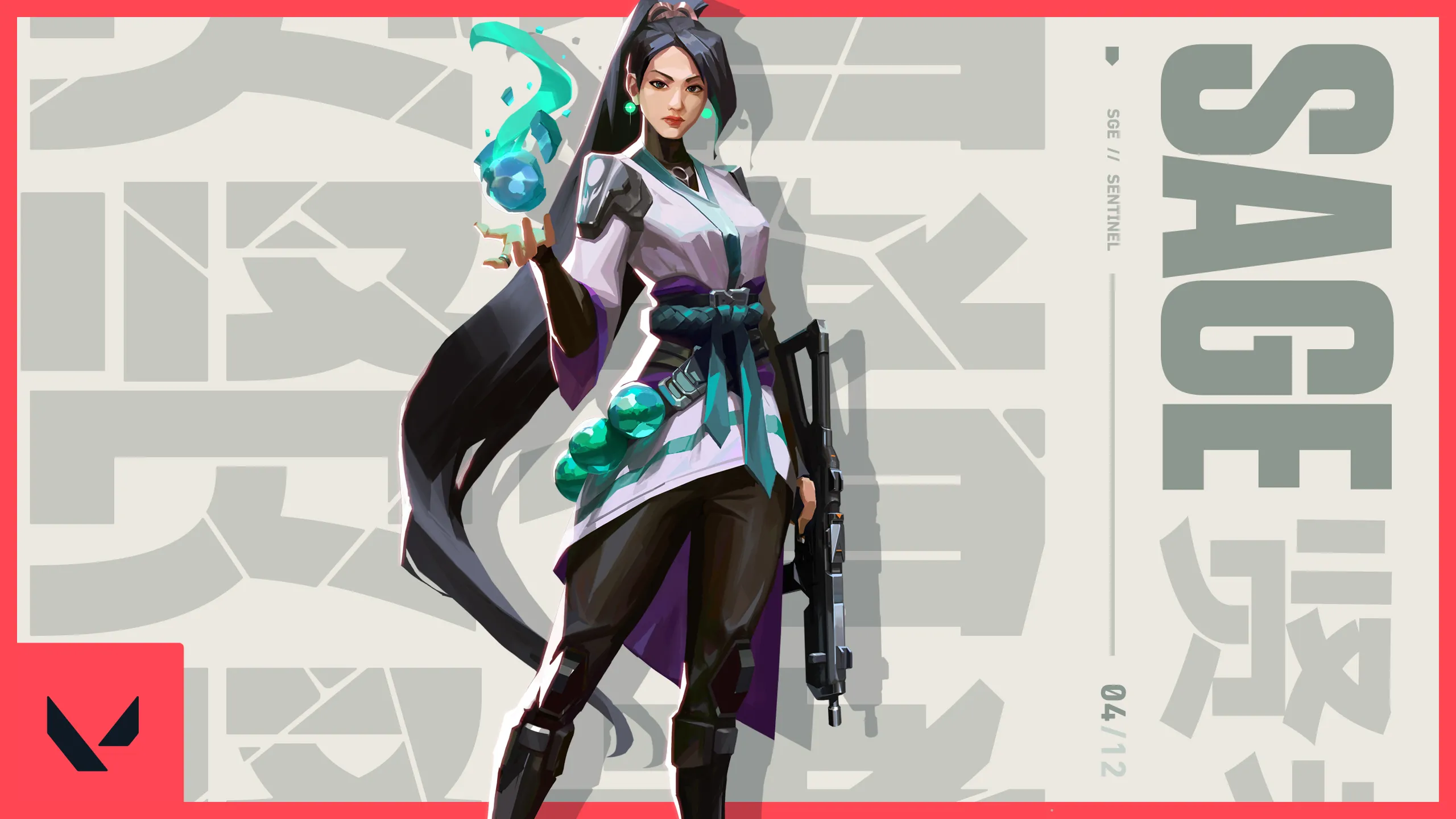
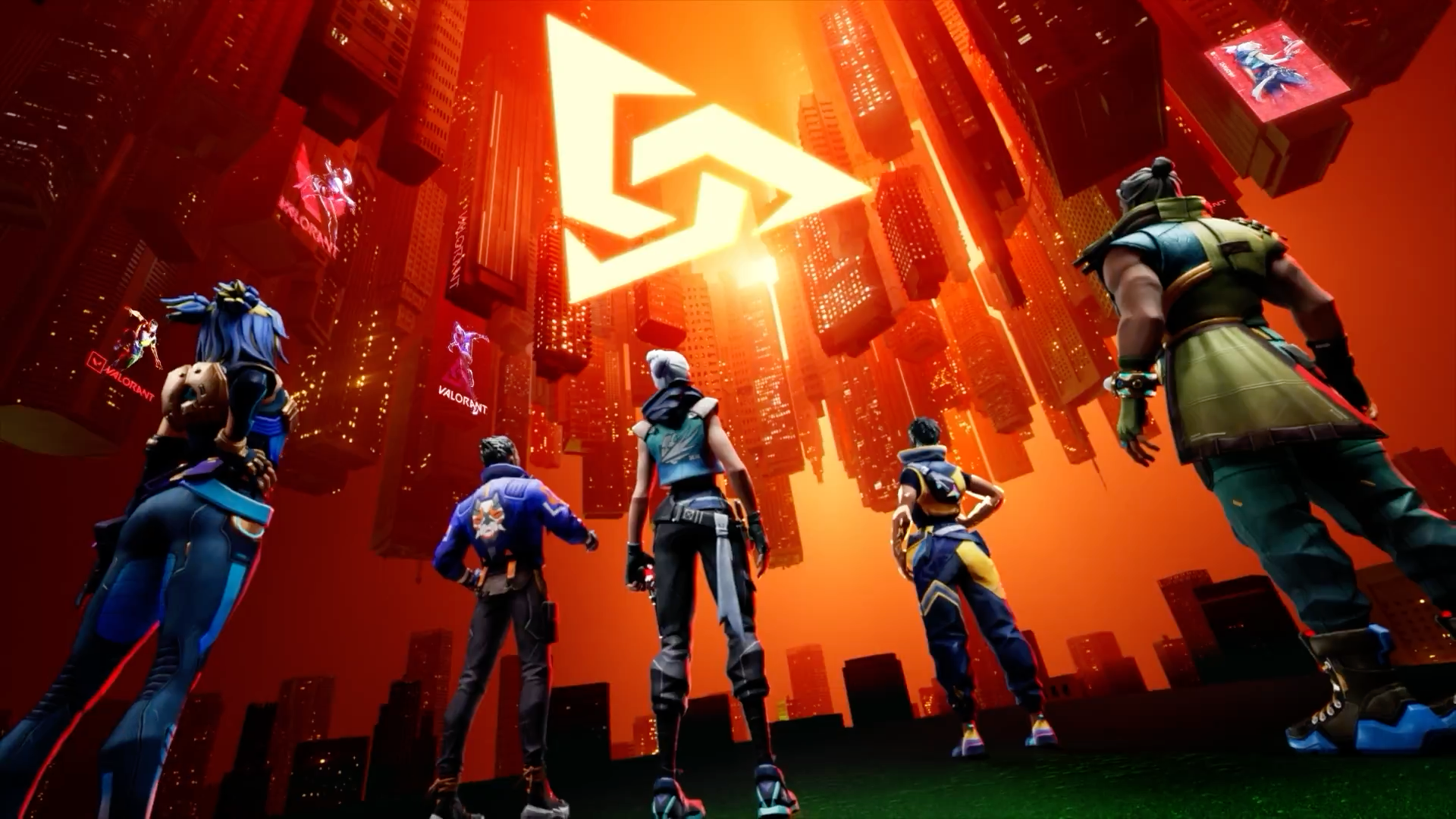
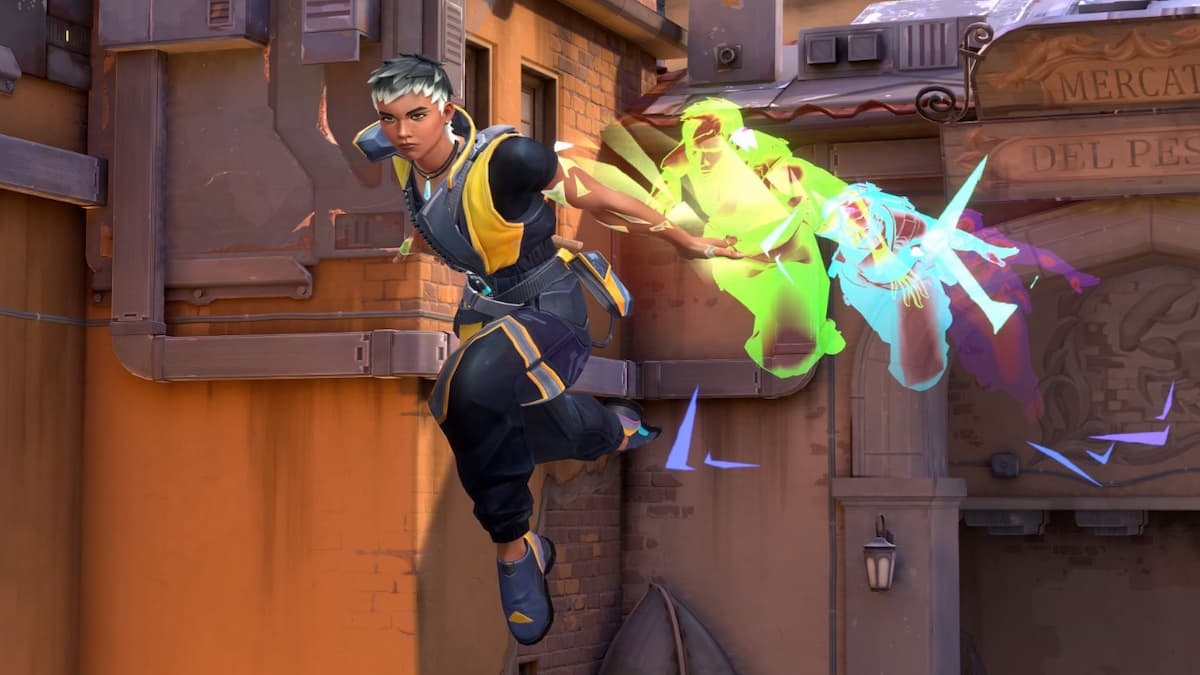

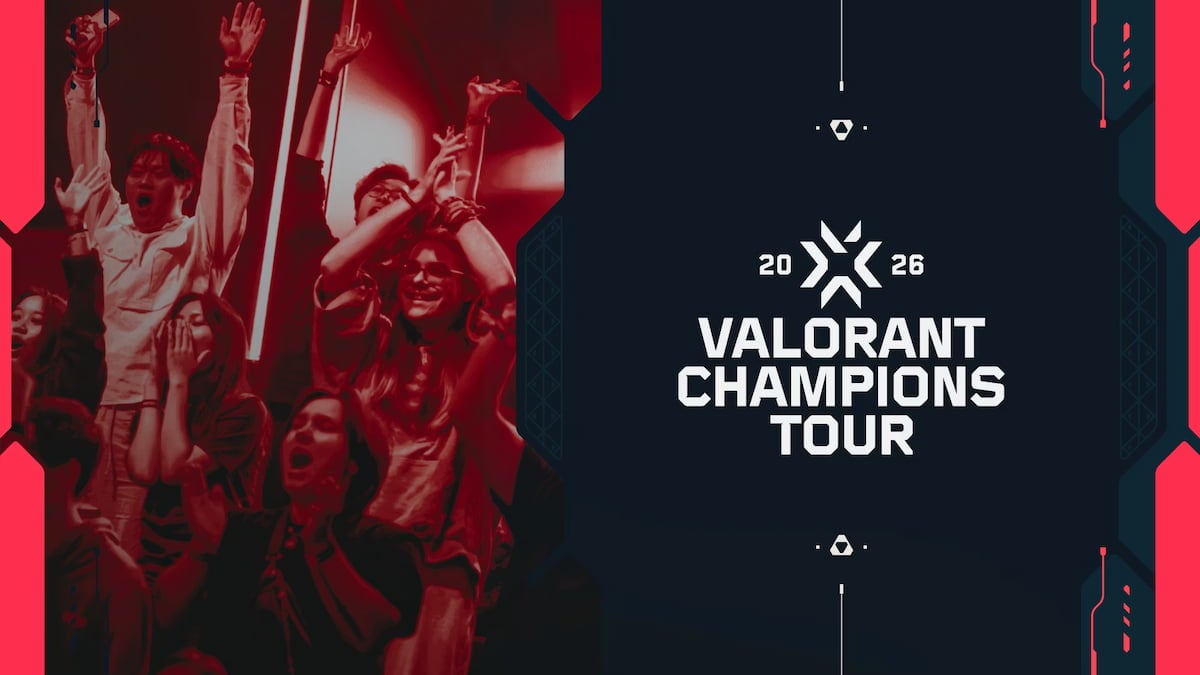
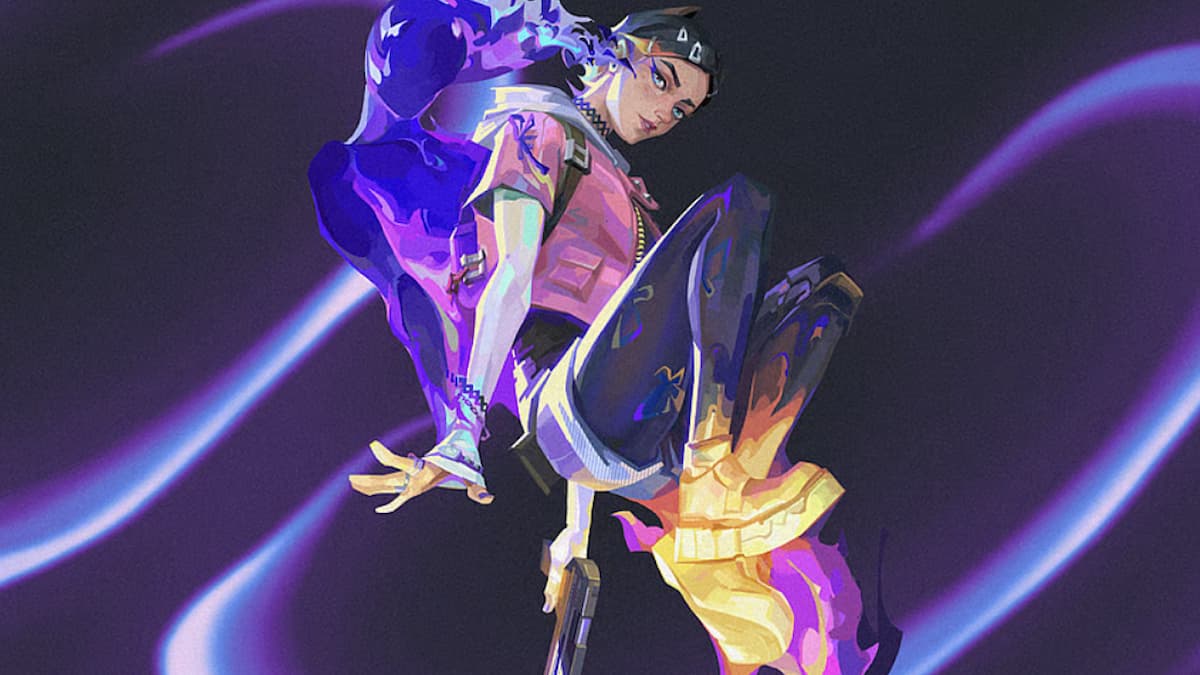
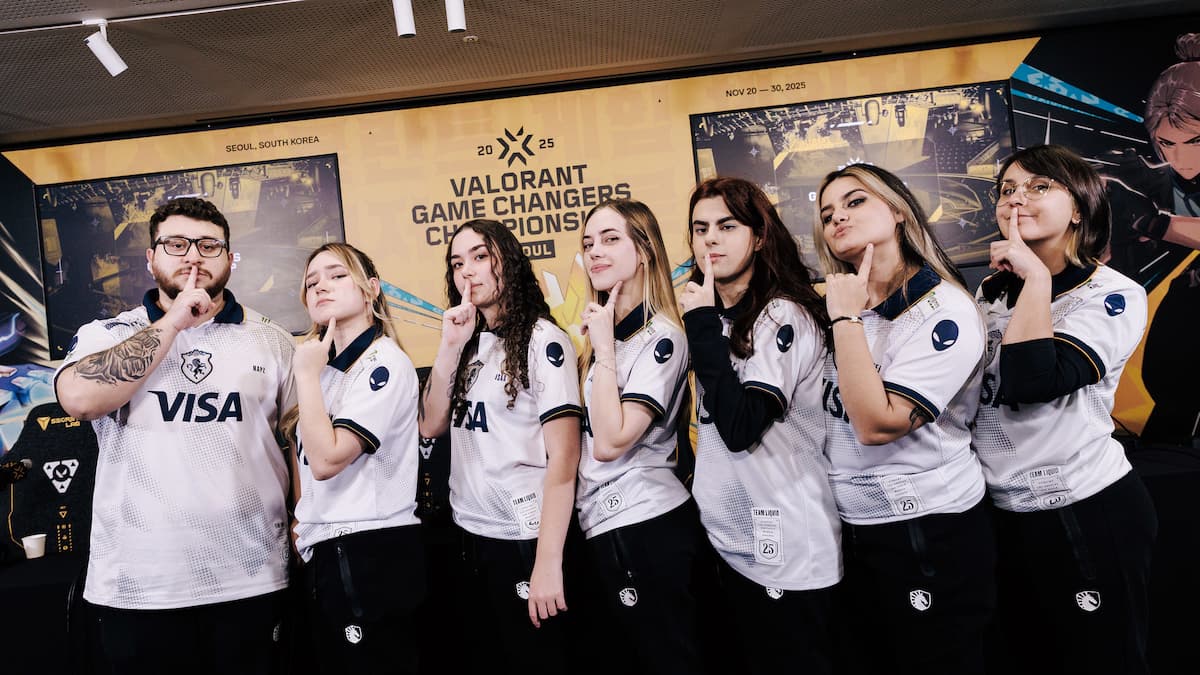


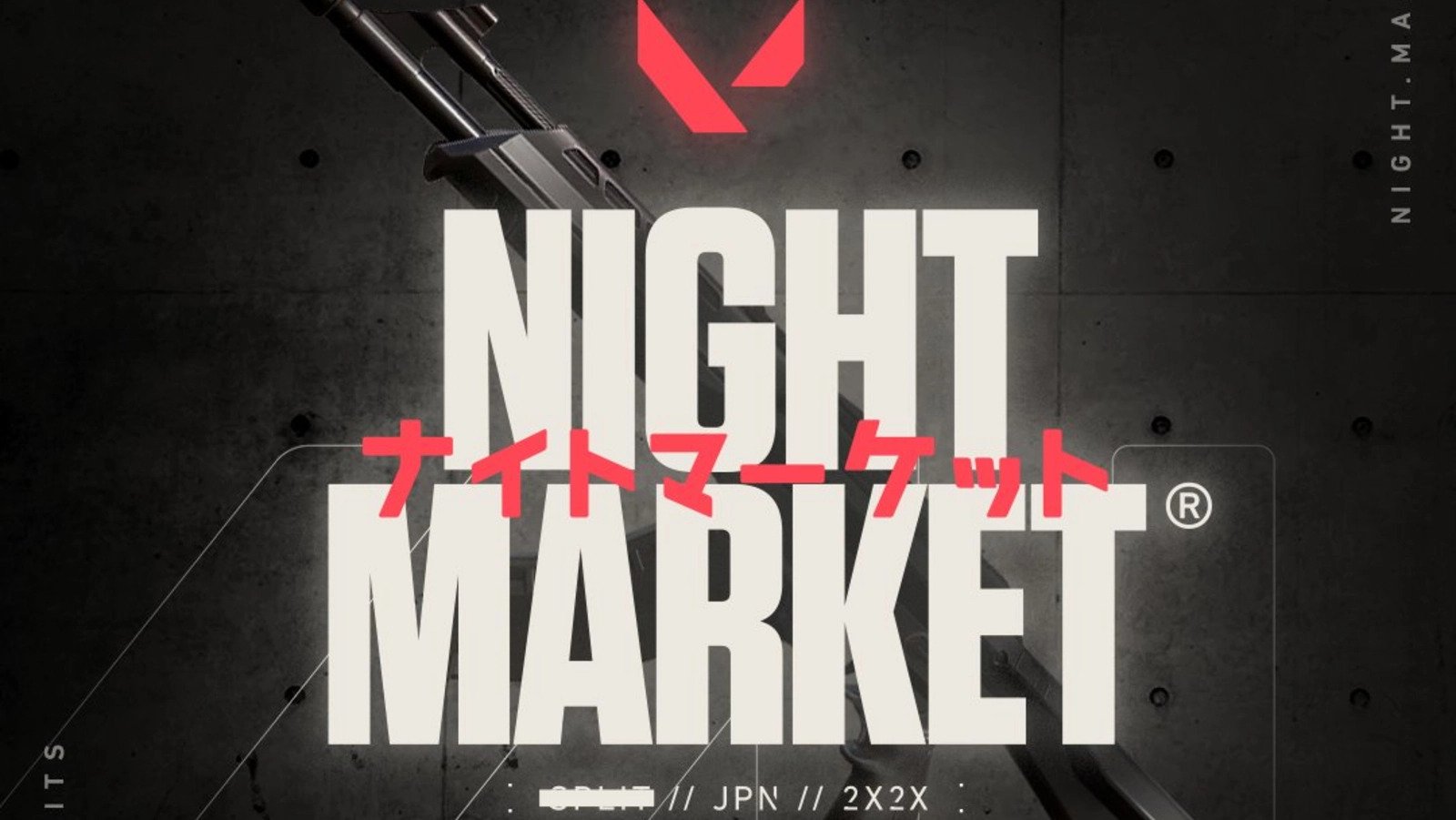

Published: Jul 26, 2022 10:29 am